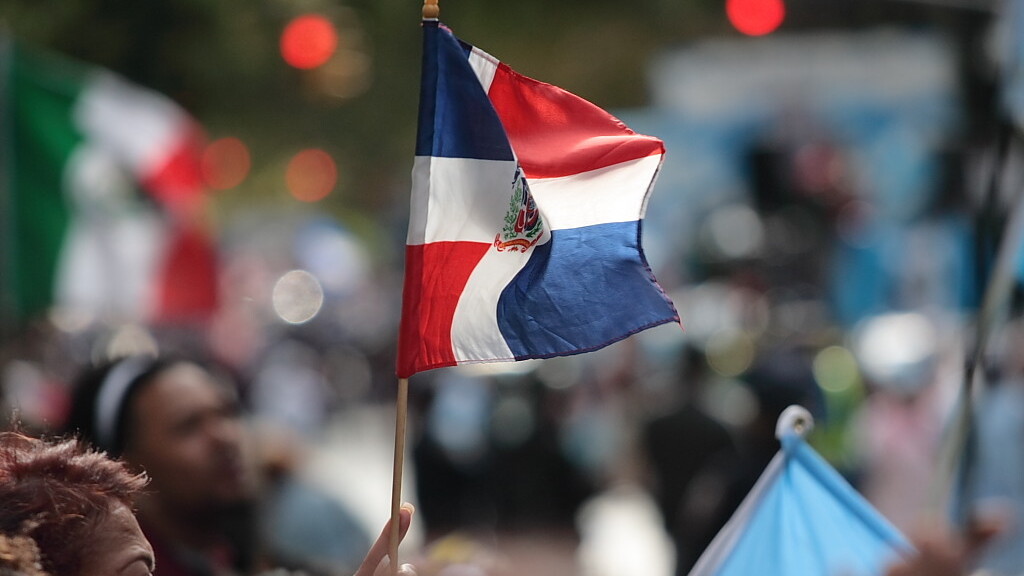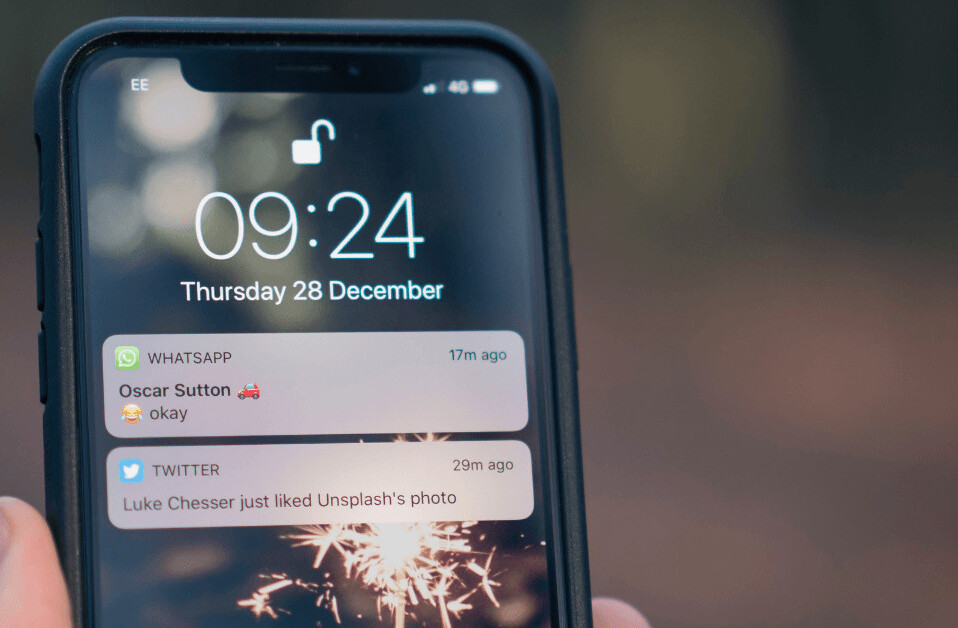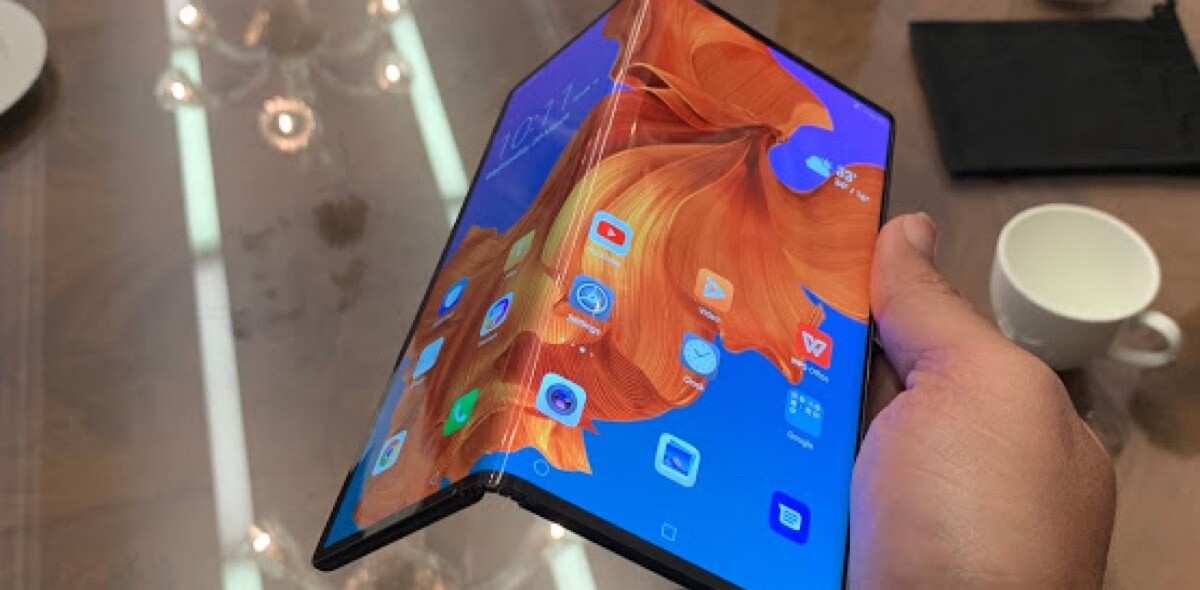
Mobile transaction platform tPago is expanding across Latin America to cater for the unbanked, its parent company GCS International has announced. As you may know, it has been operating in the Dominican Republic since 2010, and will now be available to users in Colombia, Guatemala, El Salvador and Puerto Rico.
Mobile payments are an attractive and fast-growing segment; according to Pyramid Research, the number of users of mobile transaction platforms in the region will reach 140 million in 2015, a huge jump from 18 million today.
 This is the market that tPago intends to capture, on the heels of its good results in the Dominican Republic where it has agreements in place with local banks and mobile carriers. According to GCS, its brand has already processed 10,800,000 transactions in the country, or over $69 million in only 25 months. In addition, the company boasts a 57% increase in customer volume over the last 12 months, and currently has 300,000 users.
This is the market that tPago intends to capture, on the heels of its good results in the Dominican Republic where it has agreements in place with local banks and mobile carriers. According to GCS, its brand has already processed 10,800,000 transactions in the country, or over $69 million in only 25 months. In addition, the company boasts a 57% increase in customer volume over the last 12 months, and currently has 300,000 users.
Although tPago’s users currently need a bank account to access the service, the company plans to waive this requirement very soon to cater to the unbanked – a huge and underserved population segment in Latin America. While 90% of Latin Americans have a cell phone, only 40% have access to basic financial services.
It’s worth noting that we aren’t only talking about the latest smartphones, which aren’t widely spread yet in Latin America. As a matter of fact, tPago also works with non-connected mobile phones, GCS International’s executive chairman Manuel Alejandro Grullón Hernández explains:
“[This was made possible] thanks to the investment we made in developing the use of the USSD system, a channel for data transfer that is present throughout all GSM networks and on which we rely for carrying out transactions.”
In practical terms, tPago’s clients can use it for bill payment, money transfer from person to person, retail purchases, recharges of cell phone minutes or cash advances from credit cards and other operations. As for those who don’t have a bank account, they will be able to top-up their mobile phones at physical retail locations.
Image credit: Paul Stein
Get the TNW newsletter
Get the most important tech news in your inbox each week.





